Given the title, I was surprised there were so few "Matisse's": only two, if I remember correctly. If you love Monet, on the other hand, this exhibition delivers! So many wonderful works, so many of his famous water lily paintings hung side by side! Usually, when you go to a museum you'll see one or two and might like them - but they are sort of isolated. Here, however, you really get to see the differences in the mood, the time of day and changing light as reflected on that pond surface!
The official "highlight of the exhibition", if you can term it thus, is a triptych of Water-lily paintings, one of them misleadingly called Agapanthus (there are none in it). If I understood correctly (I might not), they are shown together publicly in Europe for the first time since their creation. The three panels seen as an entity are wonderful, but my favourites were in the previous room: There are, for instance, two amazing pictures of the Japanese Bridge in Monet's water garden at Giverny - in a fabulous palette of brilliant and vibrant autumn hues.
If pressed though, I think my favourite Monet picture from the exhibition is Daylilies in that same room. The flowers, though clearly identifiable as daylilies, seem to flutter like bright orange butterflies over the blue-green waters of the pond which has a depth of colour you are more likely to associate with myth or a jungle lagoon than a garden pond. The whole picture has this incredible glow.
Having purchased the catalogue to the exhibition afterwards, I was disappointed to see how dull by comparison the reproduction was - nothing of that glow and sparkle, that vivid yet mysterious freshness! That, of course, goes for many reproductions in print. "On paper" just is no match for the real thing! As far as this exhibition goes - we Londoners and those within travelling distance really are a lucky bunch.
That said, the catalogue promises to be an interesting and insightful read and - with the above mentioned shortcomings - is a gorgeous feast for any gardener's and art lover's eyes. So if you can't make it to London in person before the 20th of April, the Royal Academy offers it in its online-shop.
If you are interested in learning more about the exhibition and my thoughts on it, please read on below.
Whilst "Painting the Modern Garden: Monet to Matisse" helped me experience how Monet's style as a painter developed over the years, I found it more difficult to follow the overall narrative arc of the exhibition. It is subdivided into "Impressionist Gardens", "International Gardens" (to show painting flowers and gardens was part of a broader movement in art), "Monet's Early Years at Giverny", "Gardens of Silence", "Avant-Gardens", "Gardens of Reverie" and finally "Monet's later Years at Giverny".
Despite text panels describing what each section stood for, I was not convinced. Monet, referred to as the ultimate artist-gardener, was elsewhere described as being avant-garde in the laying out of his garden at Giverny, compared to the dominant fashion of the time. But he did not feature in the "Avant-Garden" section. Nor in the "Gardens of Silence" - described as "gardens devoid of human presence". But what, if not silence, convey the water-lily pictures? Quite apart from other "unpeopled" garden paintings found in e.g. the "international" section. It seems to me, there is a general mix-up of art history and garden history: Avant-Garden here is understood in terms of avant-garde (i.e. experimental/ expressionist) art, but not in terms of gardening.
While the presentation in this room is lovely and the "artefacts" interesting in themselves, I felt that the curators couldn't make up their mind whether they wanted the show to be about horticulture or art. For someone not familiar with garden history, there is, for instance, little to link books by William Robinson and a painting of Gertrude Jekyll's gardening boots with the rest. The explanations given are no more than a hint of a link. Can you really take it for granted that every visitor knows about Gertrude Jekyll? That she, having been trained as an artist herself, went on to became the most influential garden designer of her time, combining colours in the flower border with a subtlety and harmony like no one else before - influencing, presumably, Monet and his painter friends (or being part of the broader artistic movement herself)?
Somehow I can't help thinking that, being incredibly ambitious in their scope, the curators tried to bite off more than they could chew. There is, to my mind, at once too little information (to link and explain) and too much (in terms of painters covered by the show).
I believe it would have been better to either focus on some very few artist-gardeners and go into more detail about how they created their gardens and what and whom they were influence by (i.e. the social and horticultural developments of the time). And then show how these gardens were reflected in their paintings.
Or else take a "classic art history approach" and show a very broad movement of painters turning to gardens and plants as their subject matter and how these found expression in all sorts of styles - from very traditional, "old-school" depictions to impressionism to expressionism, Art Noveau etc..
Perhaps I should stress again that my argument above refers to the exhibition as a “stand-alone” thing, with no information above what is provided in the rooms. There are, however, numerous articles and blog posts on the Royal Academy’s website and the catalogue to read (if you are willing to shell out for it).
What one should do, of course, is to attend the free events and talks accompanying the Royal Academy's exhibition. They not only drafted in the great and the good of garden design (Dan Pearson, Tom Stuart-Smith, Sarah Price in a discussion with artist Stephen Farthing, led by Tim Richardson), but those that seem best suited to address the "missing links" mentioned above: Garden Designer and writer James Alexander-Sinclair discusses with James Priest, current head gardener at Giverny, the relationship between Monet's horticulture and his art. Clare A.P. Willsdon of the University of Glasgow explores the link between art and horticulture with special emphasis on the 19th century. And Dr Eric Haskell highlights the relationship between Monet's gardening aesthetic and his painterly technique.
Frustratingly though, every single one of these talks and discussions is marked as "fully booked" in the gallery guide already! And I'm not one to book events half a year in advance...
The garden as a refuge and retreat: are there any parallels to today?
Whilst the digital age may not be so much about the physical expansion of cities, about the disfigurement and pollution of sites, there certainly is a merciless onslaught today in terms of speed and information (as well as entertainment available) - and the accompanying pressures on life in all spheres. Are we at the dawn of a general yearning for a stop button, a simpler, slower life already? A desire to go back to nature, back into the garden? Are there any signs for this to be found in the arts today? Now that would make for an interesting discussion!
Oh, and on a lighter note and in a quirky twist I thought how strangely similar the artists of Monet's day looked to today’s “hipsters” with their profuse facial hair and their interest in all things "crafty" :-) .
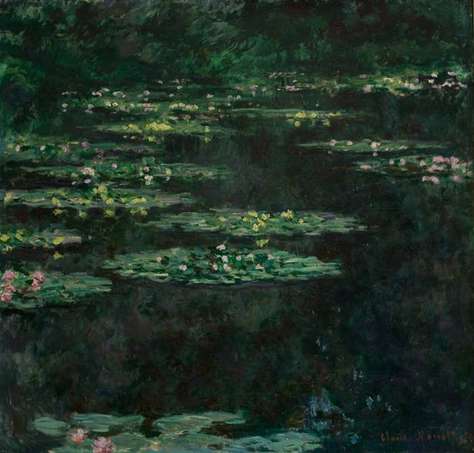
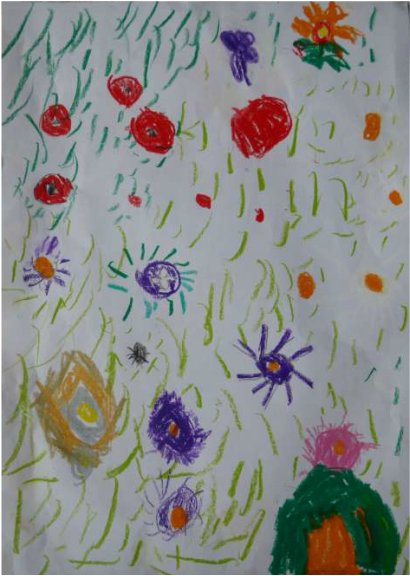
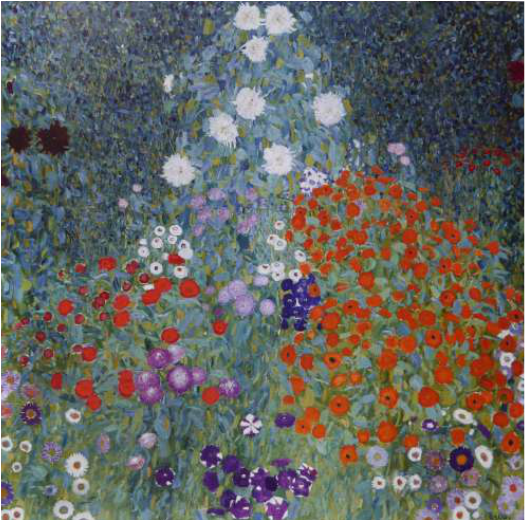
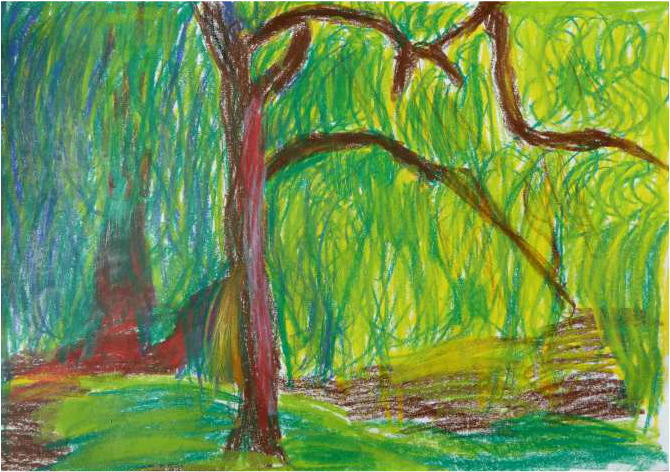
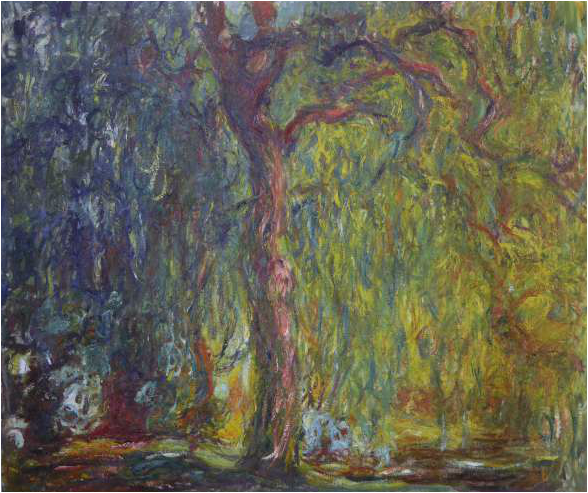
 RSS Feed
RSS Feed